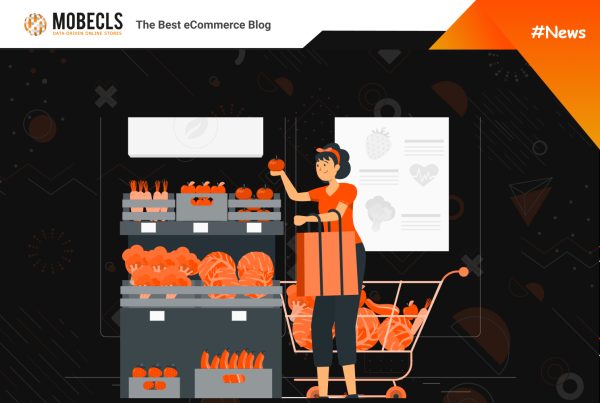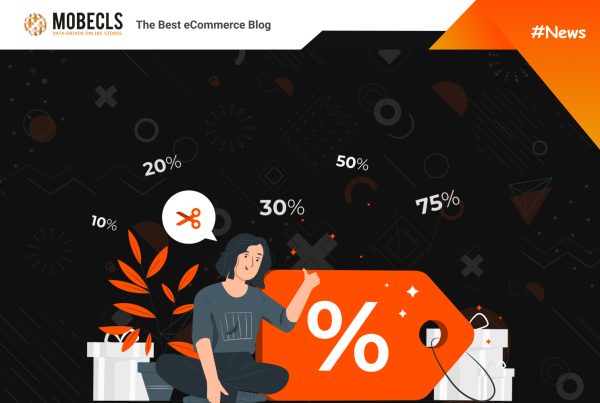Online store owners and e-commerce managers know how important high-quality product and category descriptions are. However, this issue is often overlooked. First, let’s define the terminology. A product description is a promotional text that explains what a particular product is. The purpose of such a description is to tell potential buyers about the characteristics and merits of the product and encourage them to make a purchase.
Looking at the product, we strive to “try on” it for ourselves, to imagine what it will be like to have it. And here the correct presentation of information is extremely important. In the context of growing competition, simply calling a product good is not enough, the description should be selling, with elements of artistic and journalistic style. It is necessary to slay the buyer on the spot!
As you know, products in online stores are sorted into categories that also need descriptions. The category description is the ad text for a product category. Its goal is to acquaint new visitors with the brand and the products it offers. In addition, such texts are good for building internal links, which is very important for site search engine optimization.
With unique and helpful category descriptions, you can better present your products, stand out from the competition and create a “brand voice”.
Here are a few steps to help you optimize your product and category pages.
How to Create Product Descriptions that Sell
Step 1: Finding right keywords
One of the important factors when creating text for product categories is the correct selection of keywords. Choose keywords and phrases that will bring the maximum amount of traffic to your site. SEO-optimized content will improve your site’s position in organic search engine results.
Step 2. Distribution of keywords across site pages
After selecting your keywords, sort them into categories and subcategories. Place more general words in the top-level categories. If there are too many keywords in a category, try breaking it down into two – this may help you better “reach out” to your target audience.
For category pages, short general keywords are appropriate, and product description pages should contain long, specific keywords that indicate the brand, model, style, etc. Long-tail keywords are for those who are at the end of the sales funnel and are ready to make a purchase.
Step 3. Choose the correct format for product descriptions
Another important aspect of product presentation is the correct format. Determining the format of the description is not an easy task, especially if you are starting from the texts provided by the manufacturer or distributor. If you are on a time constraint, your best bet is to focus on categories and products of interest to a wider audience, or on the lines of products that can generate the most profit. These sections should be optimized as much as possible.
Since many visitors only skim websites, it sometimes makes sense to present basic product information in the form of key messages.
At the same time, a thesis statement is not the best option when your goal is to awaken emotions, to make you believe that your product is the best. To do this, you need to use your imagination, “paint” a picture, “seeing” which, customers will understand that without your product their life was incomplete.
Get creative and create a unique voice for your brand. Let it “sound” on your website, social networks, contextual advertising. Serious or playful, it will reflect the character of your company, make it recognizable, and your products will rise in the search results.
Are the descriptions for the online store ready and posted on the site? It’s time to evaluate their effectiveness!
Step 4. Determine the key performance indicator (KPI) of your descriptions
According to research, the problem of evaluating the effectiveness of marketing activities is relevant for many companies. Fortunately, there are programs today to make this process easier. The criteria for your descriptions to be “selling” can be:
- Low return rate
- Increase in the percentage of conversion of visitors to buyers
- Improving the site’s position in organic search engine results
- Try to log any changes so that you can make adjustments in time.
Step 5. Feel free to compliment your product
Think about the advantages your product has over its competitors. Maybe it has successfully passed quality tests more than once? Or handcrafted? Find the positives and create a mini-story with details that prove your product is better than others. Don’t be afraid to compliment your product!
Step 6. Not only tell, but also demonstrate
In order to correctly present a product, text alone is not enough. It is important for people to see what they buy. Too many letters on the product page? “Dilute” them with a picture! Images must be of high quality, detailed, and made in different projections. Descriptions with images that can be rotated 360 degrees increase conversions compared to regular 2D images, according to a study.
Add a video to your page to showcase product properties even more clearly. Many companies consider a short demo video to be extremely important for increasing sales. As you begin building your website, consider how to organize your descriptions and images so that they best “tell” your story. Remember that the description must be completely true. The optimal length for a product description is 250-500 words, including keywords and product name. At the same time, the content for the description should be carefully thought out – you should never write “anyhow” just for the sake of filling the field.
Final Words
Creating a quality product and category descriptions takes time, effort, and strategic thinking. If earlier you did not pay enough attention to these issues, now is the time to fill this gap. Create interesting, informative, and SEO-optimized descriptions for your online store, and you can strengthen your brand reputation and increase sales.
Need Help to Develop a Solid eCommerce Strategy for Your Website?




